By Susanne von Rosenberg, UC Master Gardener of Napa County
One of the joys of summer is being able to harvest fresh, perfectly ripened fruit from your own garden. December and January are the best months to plant bare-root fruit trees and berries so you can enjoy the bounty in summers to come.
Unlike fruit trees, most berries provide a quick return on your efforts. Strawberries bear fruit the same year you plant them, and blackberries and raspberries produce the year after you plant them. Blueberries are more complicated to grow (they need acidic soil to thrive), but also usually start to produce some fruit in the second year.
Berry plants are less expensive than fruit trees, and if you choose the right kinds, you can expand your berry patch over time. The main drawback to berries is that they all have relatively high water needs.
Brambleberry is another name for blackberries and raspberries. Boysenberries, marionberries and ollalieberries are all varieties of blackberries. Blackberries are well suited to our Napa Valley climate. (In fact, boysenberries were developed here.) Raspberries also do well in all but our hottest areas.
While it's easy to get blackberry and raspberry seedlings from friends (many brambleberries produce suckers from their roots), it's best to start with certified disease-free nursery stock. You can always expand your berry patch by planting some of the suckers. Blackberries and black and purple raspberries also tip-root. If the tip of a cane touches moist ground, it will grow roots from that tip.
To produce well, brambleberries should be planted in full sun. In hotter areas, raspberries benefit from some afternoon shade. Care of brambleberries is fairly simple. Fertilize them once a year at the start of the growing season and keep the soil moist, not soggy, throughout the growing season. The berries also need pruning each year.
Blackberries yield fruit on canes that grew the previous year. The canes growing in the current year are called primocanes. Nurseries sell both erect and trailing varieties of blackberries; trailing varieties need a trellis. Erect varieties have sturdier canes, but the canes will still tip over when they get long, so these varieties also benefit from a trellis. Install trellises when plants are small to minimize root damage.
Most blackberry varieties have thorns, but there are thornless types. I used to be suspicious of thornless varieties, assuming that I would have to sacrifice flavor or vigor for convenience. A couple of years ago, I finally tried a thornless variety, Triple Crown. I was happily surprised by the great flavor and vigor, both of which compare favorably with the boysenberries I have been growing for a long time. To extend your harvest, choose blackberry varieties with different ripening periods.
Raspberries come in four colors: red, yellow, purple and black. The cultivation process for yellow and red raspberries is the same. Red raspberry varieties come in two types: summer bearing and fall bearing. Summer-bearing raspberries produce canes that grow one year, then primarily bear fruit the following year. Summer bearers produce some fruit on the tips of the current season's canes, but a larger crop is produced on one-year-old canes.
Fall-bearing raspberries do the opposite: they bear large crops on the top parts of the current season's canes in late summer and fall. If left to overwinter, canes bear a second crop in the spring, on the lower portions of the canes that fruited the previous year.
My new favorite red raspberry variety is Nova. It is vigorous, has great flavor and has consistently been the earliest and latest producer in my raspberry patch.
Black raspberries (you may have heard them called black caps when you were growing up) and purple raspberries grow on arched or trailing canes. Black and purple raspberries only sprout new canes from the crown (the base of existing canes) or through tip-rooting. Fruit grows on laterals coming from the main canes, so they are pruned differently from blackberries and red raspberries.
To keep your berry patch fruitful, prune out the old (non-fruiting) canes and excess canes. Remove fruiting canes of blackberries and summer-bearing raspberries after they are done fruiting. Then tie up the primocanes.
For trailing varieties, cut the new canes to 8 to 10 feet and loop them around the trellis wires. Fall-bearing raspberries can either be cut to the ground after the fall crop, or you can cut off the top portions of the canes that fruited and get a small spring crop on the lower parts of the canes.
Prune black and purple raspberries to a height of 24 to 30 inches after fruiting. In early spring, cut back any laterals that sprouted to 8 to 10 inches. During the dormant season remove all dead, damaged, weak and diseased canes from all brambleberries. Remove all but 4 to 5 of the most vigorous canes from the crowns of black and purple raspberries and 8 to 10 canes for blackberries. Aim for 4 to 5 strong canes per foot for red raspberries. With the right care through the year, your berries should provide a bountiful harvest.
Napa Library Talks: First Thursday of each month. Register to get Zoom link. Thursday, January 7: Bare Root Basics.
Free Rose Pruning and Winter Care Workshop: Saturday, January 9. Register for the Zoom link.
Got Garden Questions? Contact our Help Desk. The team is working remotely so please submit your questions through our diagnosis form, sending any photos to mastergardeners@countyofnapa.org or leave a detailed message at 707- 253-4143. A Master Gardener will get back to you by phone or email. For more information visit http://napamg.ucanr.edu or find us on Facebook or Instagram, UC Master Gardeners of Napa County.
Attached Images:
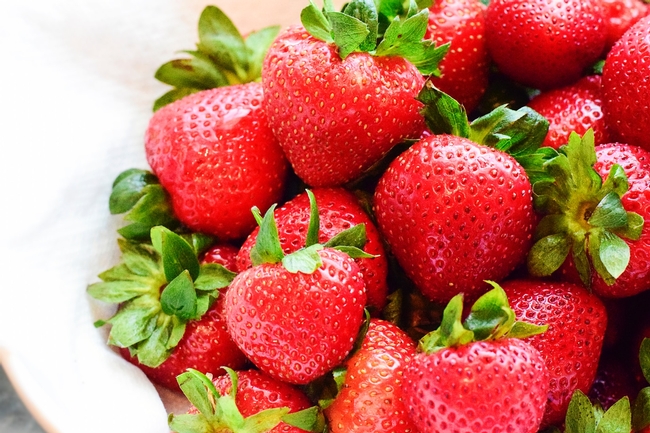
Strawberries (davies-designs-studio-unsplash)
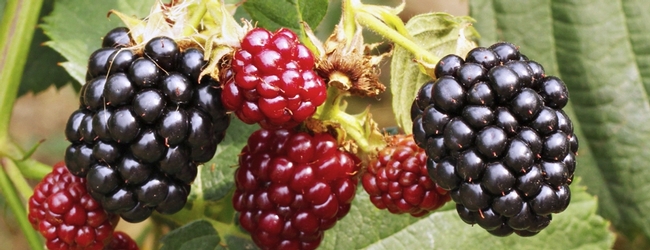
Blackberries (berkeleywellness.com)
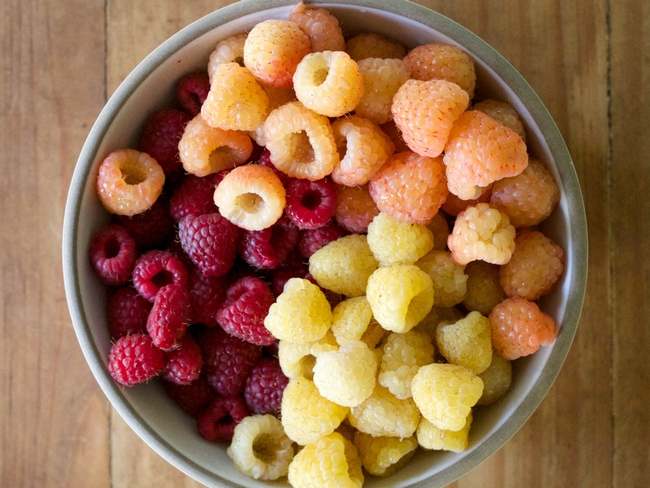
Colors of raspberries (seriouseats.com)
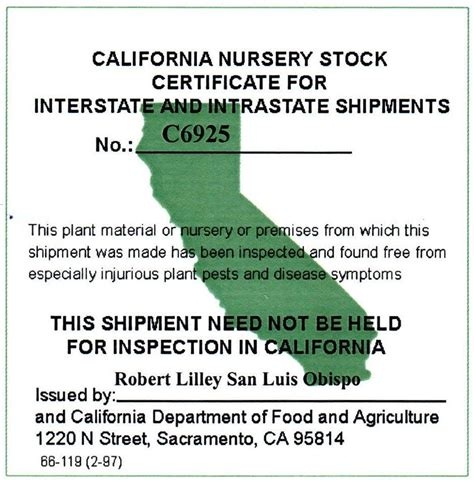
Look for certfied disease free nursery stock (laspilitas.com)
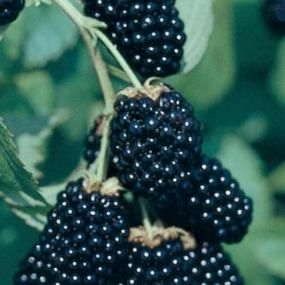
Thornless blackberry (pinterest.com)
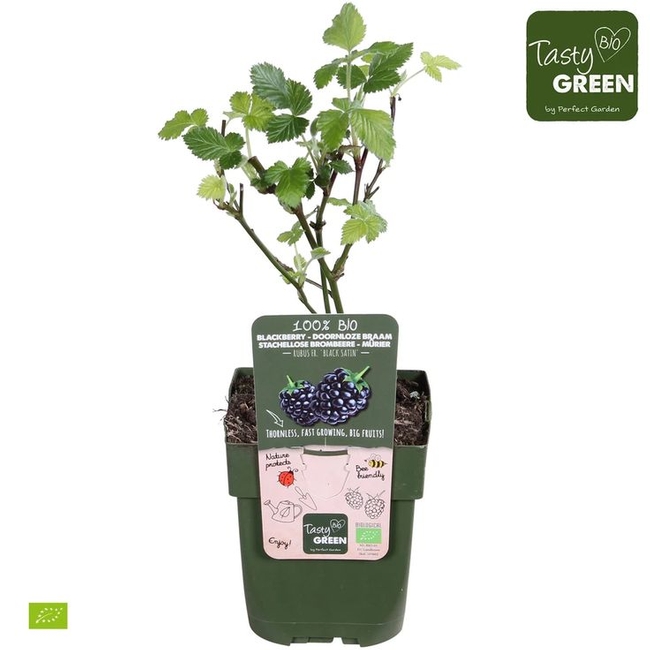
Thornless varieties are available (PerfectGarden.com)
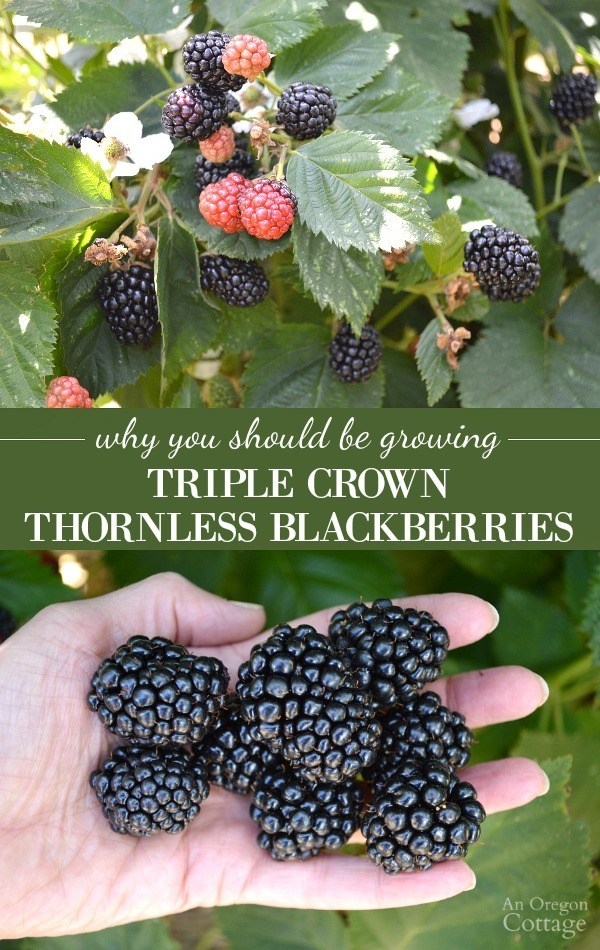
Triple Crown thornless blackberry (anoregoncottage.com)
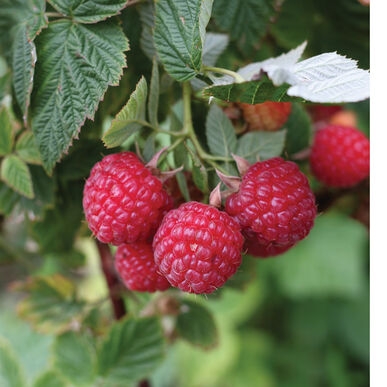
Nova raspberry, widely available from many nurseries (johnnyseeds.com)
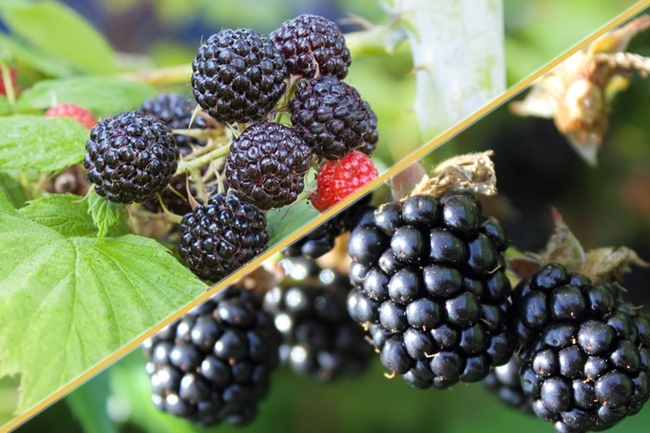
Showing black raspberries and blackberries (tasteofhome.com)
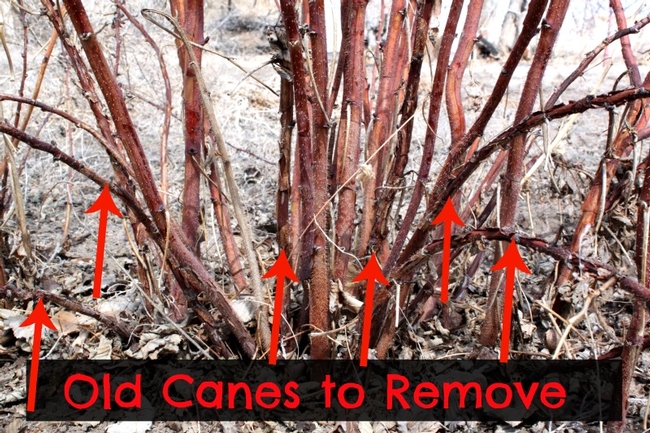
Pruning berry canes--this is an illustration. A complete guide can be found at The California Garden Web website. (foodstorageandsurvival.com)

Caneberries (anoregoncottage.com)